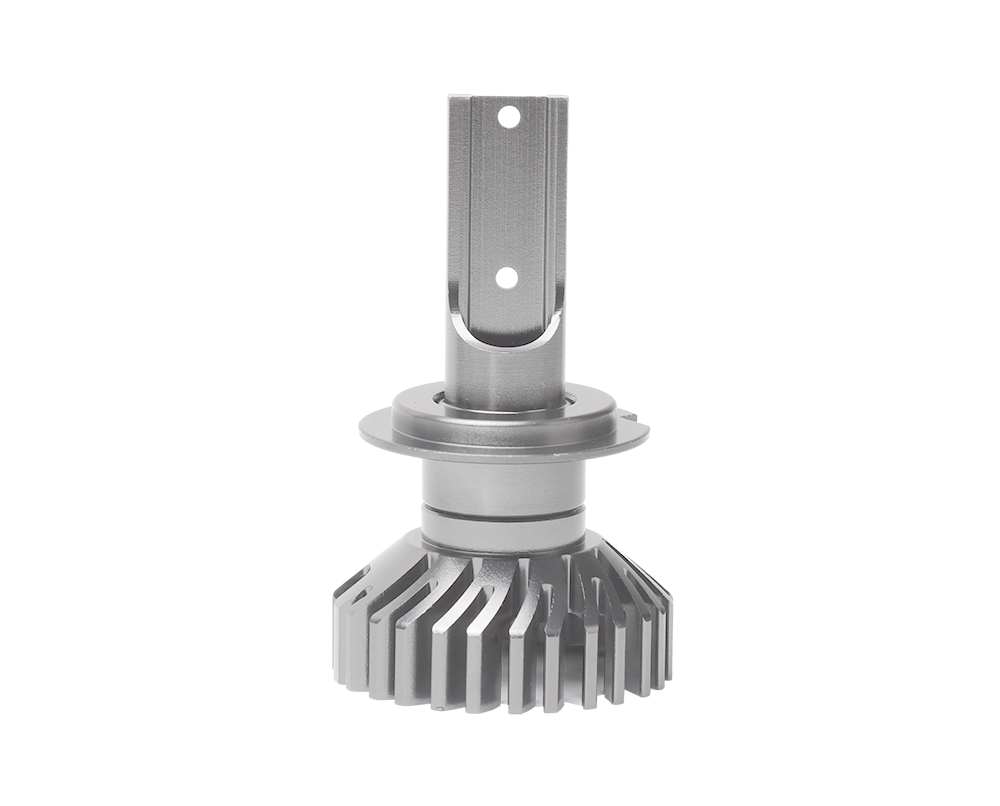2025-07-03 hits:0 source:News

Aluminum alloy die-casting materials are widely used in various industries due to their excellent castability, corrosion resistance, and mechanical properties. Several major aluminum alloy series are commonly employed in die-casting processes, each with distinct compositions and applications:
1. ADC12 (JIS Standard)
ADC12 is one of the most popular die-casting alloys, containing approximately 9-13% silicon (Si), 1.5% iron (Fe), 0.5% copper (Cu), and the balance aluminum (Al). Its high silicon content enhances fluidity during casting, making it suitable for complex geometries and thin-walled components. ADC12 offers good dimensional stability and surface finish, widely used in automotive parts (e.g., cylinder heads, transmission housings), electronic enclosures, and household appliances. However, its relatively low tensile strength (≈230 MPa) limits applications requiring high mechanical performance.
2. A380 (ASTM Standard, Also Known as Al-Si-Cu Alloy)
A380 alloy features 7.5-9.5% Si, 3.0-4.0% Cu, and ≤3.0% Fe. The addition of copper improves tensile strength (≈310 MPa) and hardness while maintaining good castability. It is ideal for structural components requiring moderate strength and heat resistance, such as automotive wheels, pump housings, and machinery brackets. A380 parts can be heat-treated to further enhance mechanical properties, though this process increases production complexity.
3. A360 (High-Pressure Die-Casting Alloy)
A360 contains 9.0-10.5% Si and 0.6% Mg, offering a balance of fluidity, corrosion resistance, and ductility. The magnesium addition improves tensile strength (≈240 MPa) and provides good anodizing capabilities, making it suitable for decorative or corrosion-sensitive applications like aerospace fittings, marine components, and architectural hardware. Its low iron content (≤0.6%) reduces the formation of brittle intermetallic compounds, enhancing ductility.
4. A390 (High-Silicon Alloy)
With 16-18% Si and 4-5% Cu, A390 is designed for high wear resistance and low thermal expansion. The ultra-high silicon content forms hard silicon particles in the matrix, making it ideal for components subject to friction, such as piston rings, pump impellers, and engine parts. However, its poor ductility and difficulty in machining limit use cases to specialized high-wear environments.
5. Al-Mg Alloys (e.g., AZ91D)
Though less common in die-casting due to lower fluidity, Al-Mg alloys like AZ91D (9% Mg, 0.7% Zn) offer exceptional corrosion resistance and surface finish. They are used in marine applications, medical devices, and decorative components where appearance and resistance to saltwater/chemicals are critical.
Key Considerations for Material Selection
Mechanical Requirements: Tensile strength, hardness, and ductility vary significantly between alloys (e.g., A380 > ADC12 > A360).
Casting Complexity: High-silicon alloys (ADC12, A380) excel in intricate designs, while Al-Mg alloys require simpler geometries.
Surface Treatment: A360 and Al-Mg alloys are ideal for anodizing, while A380 supports painting and plating.
Cost: ADC12 is the most cost-effective, while high-purity alloys like A360 are pricier.
Read recommendations:
sheet metal enclosure fabrication
What are the benefits of using zinc alloy die-casting technology to make Bluetooth speaker shells?
lf you have any questions or comments, you can leave us a message and we will reply to you as soon as possible
